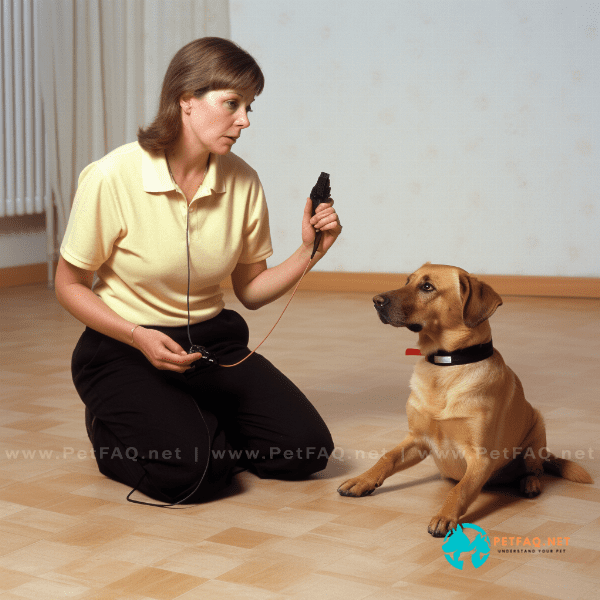Table of Contents
- Why Dog Obedience Training is Important
- Different Methods of Dog Obedience Training
- Setting Realistic Goals for Your Dog’s Training
- Basic Commands to Teach Your Dog
- Advanced Commands to Improve Your Dog’s Obedience
- Tips for Effective Dog Training
- Common Challenges and How to Overcome Them
- The Benefits of Consistency in Dog Training
- How to Maintain Good Behavior After Training
- Training Your Dog for Specific Purposes
Why Dog Obedience Training is Important
Dog Obedience Training is an essential part of responsible dog ownership. It is the process of teaching a dog to behave appropriately and respond to basic commands, such as sit, stay, come, and heel. The importance of obedience training cannot be overstated, as it helps dogs to become well-behaved, well-adjusted, and well-socialized members of the family.
One of the main benefits of obedience training is that it helps to establish a strong and positive bond between the dog and the owner. Dogs are social animals and enjoy interacting with their owners. By training your dog, you are able to communicate with them effectively and develop a relationship based on trust and mutual understanding.
Obedience training also helps to ensure the safety of your dog and those around them. A well-trained dog is less likely to run away or get into dangerous situations, and is more likely to respond to commands in potentially harmful situations. Additionally, a well-trained dog is less likely to engage in destructive or aggressive behaviors, reducing the risk of injury to themselves or others.
Finally, obedience training provides mental stimulation for your dog, which is essential for their overall health and well-being. Dogs enjoy learning new things and being challenged, and obedience training can provide a fun and rewarding outlet for their natural instincts.
Overall, obedience training is an important part of being a responsible dog owner. By investing time and effort into training your dog, you will not only create a better-behaved pet, but also a stronger bond and a happier, healthier dog.
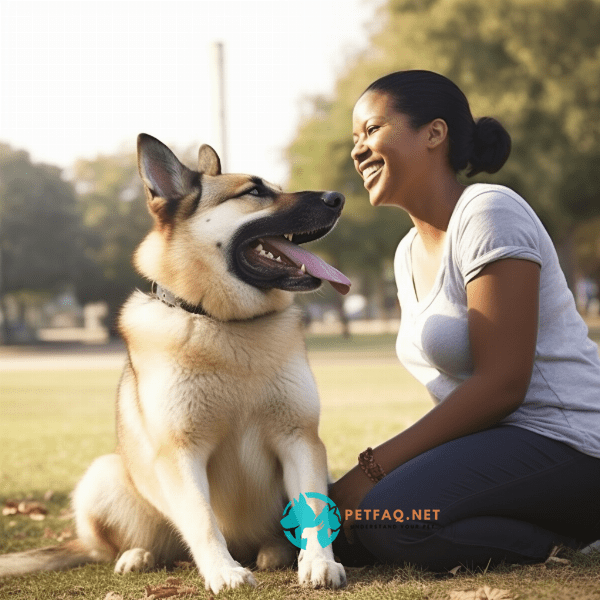
Different Methods of Dog Obedience Training
There are several different methods of dog obedience training, and it’s important to find the one that works best for you and your dog. Some of the most common methods include positive reinforcement, clicker training, and dominance-based training.
Positive reinforcement is a training method that rewards your dog for good behavior. This can include treats, toys, or verbal praise. The idea is to encourage good behavior and discourage bad behavior by rewarding the positive and ignoring or redirecting the negative.
Clicker training is another form of positive reinforcement training that uses a clicking sound to signal to the dog when they have performed a desired behavior. The click is followed by a reward, such as a treat or praise. This method is effective because it allows for precise timing and clear communication with the dog.
Dominance-based training, also known as alpha dog or pack leader training, is a method that is based on the idea that dogs are pack animals and need a strong leader. This method often involves physical punishment and is controversial in the Dog Training community, as it can lead to aggressive behavior and damage the bond between the owner and the dog.
There are many other methods of dog obedience training, and some trainers may use a combination of techniques to achieve the desired results. The most important thing is to find a training method that is humane, effective, and tailored to your dog’s individual needs and personality. With patience, consistency, and the right approach, any dog can learn to be obedient and well-behaved.
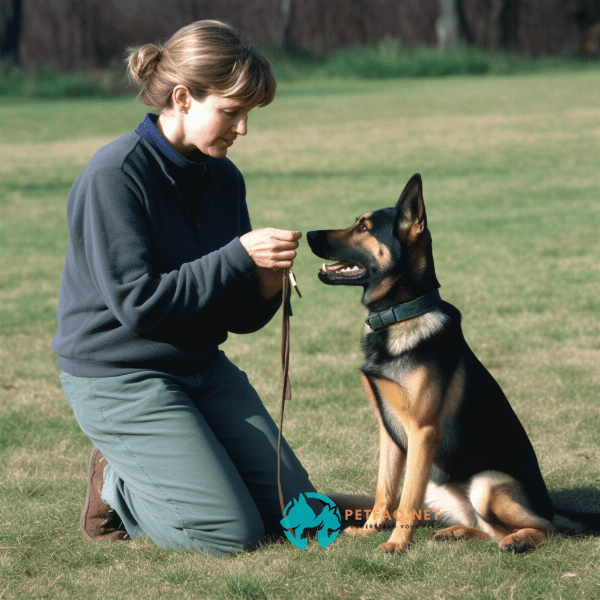
Setting Realistic Goals for Your Dog’s Training
Setting realistic goals is an important part of any dog obedience training program. It’s essential to have a clear idea of what you want to achieve and to set achievable goals for both you and your dog. This can help you stay focused and motivated, and ensure that you make progress in your training.
When setting goals for your dog’s training, it’s important to consider their age, breed, and personality. Some dogs may be more receptive to certain types of training than others, and it’s important to be patient and understanding as you work with your dog. It’s also important to set goals that are specific and measurable, such as teaching your dog to respond to a particular command or to walk calmly on a leash.
It’s also important to be realistic about the time and resources that you have available for training. Training requires consistent effort and attention, and it’s important to ensure that you have the time and energy to commit to your dog’s training program. You may also want to consider working with a professional dog trainer, who can provide guidance and support as you work towards your training goals.
Overall, setting realistic goals is an important part of any dog obedience training program. By considering your dog’s individual needs and abilities, and being patient and consistent in your training efforts, you can help your dog develop good behavior and obedience, and build a stronger, happier relationship with your furry friend.
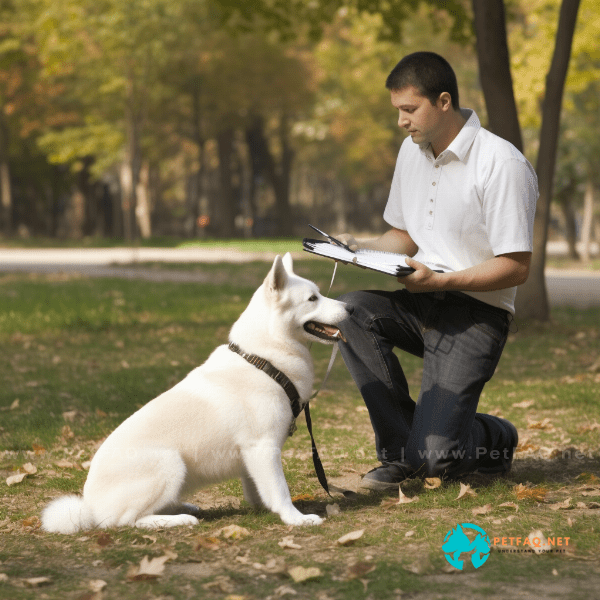
Basic Commands to Teach Your Dog
Teaching your dog basic commands is an essential part of obedience training. Basic commands are the building blocks of good behavior, and can help you establish clear communication with your dog. Some of the most important basic commands to teach your dog include:
1. Sit: This is one of the easiest commands to teach, and is a good starting point for obedience training. Simply hold a treat above your dog’s head and say “sit”. When your dog sits, reward them with the treat.
2. Stay: This command is important for keeping your dog in one place, and can be used in a variety of situations. Start by asking your dog to sit, and then hold your hand up and say “stay”. Gradually increase the amount of time your dog stays in place before rewarding them.
3. Come: This command is important for keeping your dog safe and under control. Start by calling your dog’s name and saying “come”. When your dog comes to you, reward them with praise and a treat.
4. Heel: This command is important for walking your dog on a leash. Hold the leash firmly and say “heel” as you walk. Reward your dog when they stay close to you and walk calmly.
Teaching these basic commands requires patience, consistency, and positive reinforcement. With practice, your dog will learn to respond to your commands and develop good behavior, making obedience training a fun and rewarding experience for both you and your furry friend.
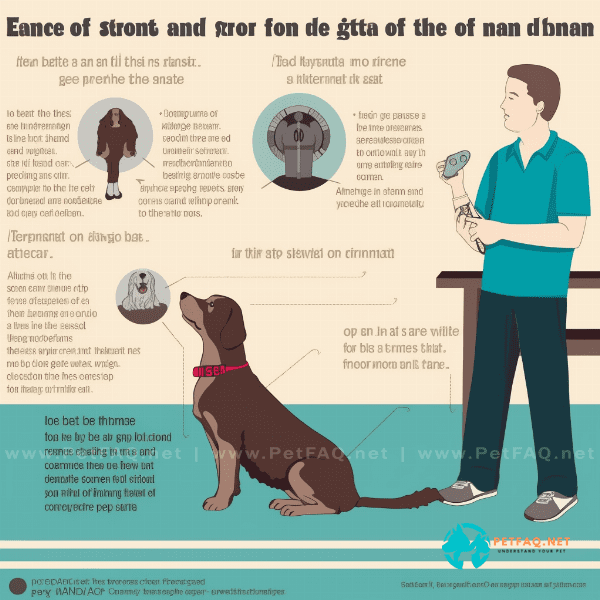
Advanced Commands to Improve Your Dog’s Obedience
Once your dog has mastered the basic commands, you can move on to more advanced commands to further improve their obedience and behavior. Advanced commands can help your dog develop better focus, self-control, and responsiveness, and can be used in a variety of situations. Here are some advanced commands to consider teaching your dog:
1. Down: This command requires your dog to lie down and stay in that position until released. This is a useful command for situations where you need your dog to stay calm and quiet, such as when you’re eating or working.
2. Leave it: This command teaches your dog to ignore something they may be interested in, such as food on the ground or an object they’re not supposed to play with. This is an important command for keeping your dog safe and preventing them from getting into trouble.
3. Wait: This command requires your dog to pause and wait until released, such as when crossing a street or going through a doorway. This command helps your dog develop self-control and teaches them to listen to your commands in high-distraction environments.
4. Drop it: This command teaches your dog to release an object from their mouth, such as a toy or shoe. This is an important command for preventing destructive chewing and keeping your dog from ingesting something dangerous.
Teaching these advanced commands requires patience, consistency, and positive reinforcement, just like with the basic commands. By continuing to work with your dog and providing clear communication, you can help them become even more obedient and well-behaved, and build a stronger bond between you and your furry friend.

Tips for Effective Dog Training
Effective dog training requires patience, consistency, and a deep understanding of your dog’s needs and behavior. Here are some tips to help you get the most out of your dog obedience training:
1. Use positive reinforcement: Dogs respond best to positive reinforcement, such as treats, praise, and play. Rewarding good behavior and ignoring bad behavior can help your dog learn more quickly and effectively.
2. Keep training sessions short and frequent: Dogs have a short attention span and can become easily distracted or bored. Keep your training sessions short and frequent, with each session lasting no more than 10-15 minutes.
3. Be consistent: Dogs thrive on routine and consistency. Use the same commands and rewards every time you train, and make sure everyone in the household is using the same commands and rewards.
4. Start with the basics: Begin your training with basic commands and gradually move on to more advanced commands. This allows your dog to build a strong foundation of good behavior and obedience.
5. Be patient: Training your dog can be a slow and sometimes frustrating process. Be patient and understanding with your dog, and remember that it takes time and consistent effort to achieve good results.
6. Use a variety of training methods: There is no one-size-fits-all approach to dog training. Use a variety of training methods, such as positive reinforcement, clicker training, and leash training, to find what works best for your dog.
By following these tips, you can help ensure that your dog obedience training is effective and enjoyable for both you and your furry friend. With consistent effort and patience, you can help your dog develop good behavior, obedience, and a stronger, happier relationship with you.
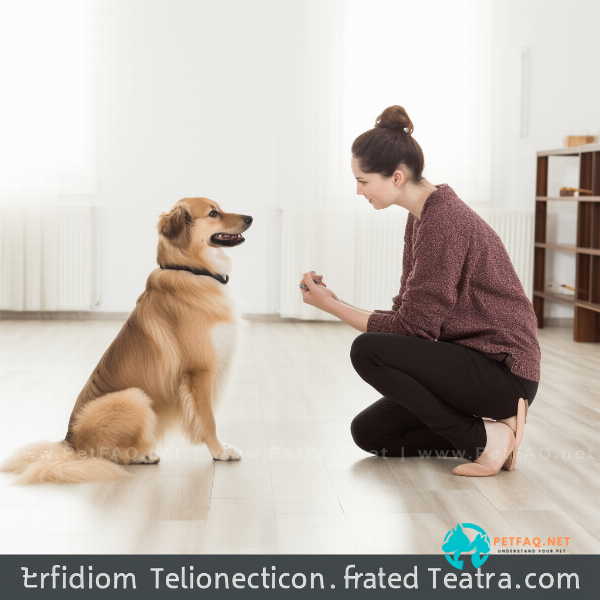
Common Challenges and How to Overcome Them
Dog obedience training can be a challenging process, and many dog owners may encounter obstacles along the way. Here are some common challenges that you may face during dog obedience training and how to overcome them:
1. Lack of motivation: If your dog seems uninterested in training or lacks motivation, try using higher value rewards, such as their favorite treats or toys. You can also try changing up your training environment or breaking up your training sessions into shorter, more frequent sessions.
2. Distractions: Dogs can become easily distracted during training, especially when there are other people, dogs, or animals around. To overcome distractions, start your training in a quiet, familiar environment and gradually increase the distractions as your dog progresses.
3. Lack of consistency: Inconsistent training can lead to confusion and frustration for both you and your dog. Make sure that everyone in the household is using the same commands and rewards, and stick to a consistent training schedule.
4. Fear or anxiety: Some dogs may exhibit fear or anxiety during training, especially if they have had negative experiences in the past. It’s important to work slowly and patiently with your dog, and provide positive reinforcement for good behavior.
5. Lack of progress: If your dog is not making progress with their training, it may be time to re-evaluate your training methods or seek the help of a professional dog trainer.
Remember that every dog is different and may have their own unique challenges during obedience training. With patience, consistency, and the right training methods, you can overcome these challenges and help your dog develop good behavior and obedience.
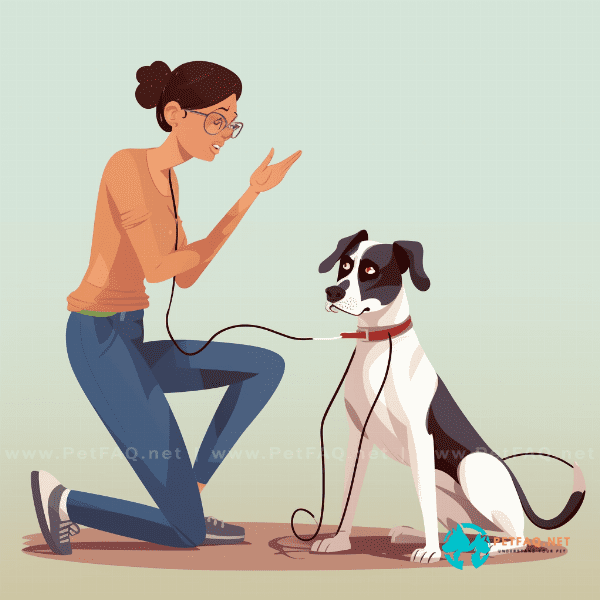
The Benefits of Consistency in Dog Training
Consistency is one of the most important factors in dog obedience training. When you are consistent with your training methods, commands, and rewards, you provide clear and predictable signals to your dog about what you expect from them. This, in turn, helps your dog learn more quickly and effectively.
Consistency also helps to build a strong bond between you and your dog. When your dog knows what to expect from you, they are more likely to feel secure and comfortable in your presence, which can lead to a stronger, happier relationship.
In addition, consistency can help to prevent bad behavior from developing in the first place. When you consistently reinforce good behavior and ignore bad behavior, you send a clear message to your dog about what is acceptable and what is not. This can help to prevent problem behaviors, such as barking, chewing, or aggression.
Finally, consistency is essential for maintaining good behavior over time. Dogs, like humans, thrive on routine and predictability. When you consistently reinforce good behavior, your dog is more likely to continue exhibiting that behavior over the long term.
In summary, consistency is a key factor in effective dog obedience training. By using consistent methods, commands, and rewards, you can help your dog learn more quickly and effectively, build a stronger bond with your furry friend, and prevent bad behavior from developing.
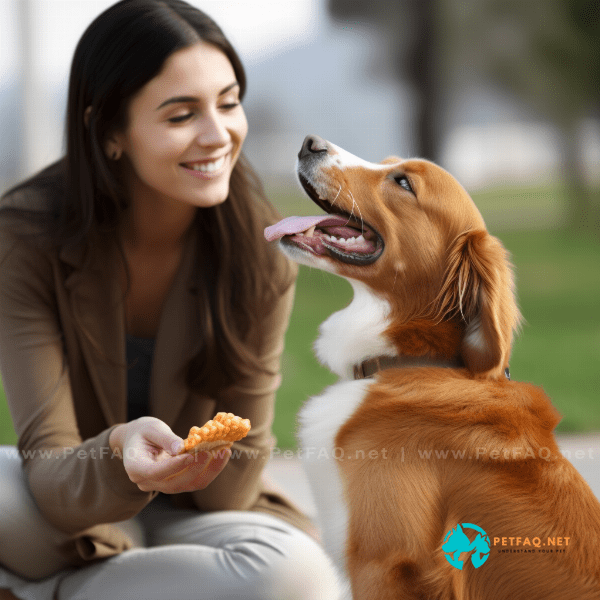
How to Maintain Good Behavior After Training
Training your dog is an important step in developing good behavior, but maintaining that behavior over time requires ongoing effort and attention. Here are some tips for maintaining good behavior after training:
1. Consistency: As mentioned earlier, consistency is key. Continue to use the same commands and rewards that you used during training to reinforce good behavior.
2. Positive reinforcement: Continue to reward good behavior, even after training is complete. This will help to reinforce the behavior and encourage your dog to continue exhibiting it.
3. Avoid bad habits: Be mindful of your own behavior and avoid unintentionally reinforcing bad habits in your dog. For example, if your dog barks for attention, avoid giving them attention when they bark.
4. Regular exercise: Regular exercise is important for your dog’s physical and mental health, and can help to prevent boredom and destructive behavior.
5. Ongoing training: Consider continuing to work on advanced commands or tricks with your dog, even after basic obedience training is complete. This can help to keep your dog’s mind active and engaged.
6. Socialization: Regularly socializing your dog with other dogs and people can help to reinforce good behavior and prevent aggression or fearfulness.
Remember that every dog is unique and may require different strategies to maintain good behavior over time. With patience, consistency, and ongoing effort, you can help your dog develop and maintain good behavior for years to come.

Training Your Dog for Specific Purposes
Dog obedience training can be tailored to specific purposes, beyond just general good behavior. Here are some examples of specific training purposes:
1. Service dogs: Service dogs are trained to assist people with disabilities, such as blindness or mobility impairments. They are trained to perform specific tasks, such as guiding their owner or retrieving items.
2. Search and rescue dogs: These dogs are trained to locate missing people or detect dangerous substances, such as explosives or drugs.
3. Therapy dogs: These dogs are trained to provide comfort and companionship to people in hospitals, nursing homes, or other settings where emotional support is needed.
4. Hunting dogs: These dogs are trained to assist with hunting, such as retrieving game or pointing out prey.
5. Agility dogs: These dogs are trained to compete in agility courses, which involve jumping, weaving, and other obstacles.
To train your dog for a specific purpose, it is important to start with basic obedience training to establish a foundation of good behavior. From there, you can work with a professional trainer to develop specific skills and tasks related to the purpose you have in mind.
Training for specific purposes may require additional time and effort, but it can also provide a sense of accomplishment and fulfillment for both you and your furry friend. With patience and perseverance, you can help your dog develop the skills and behaviors needed to succeed in any task.
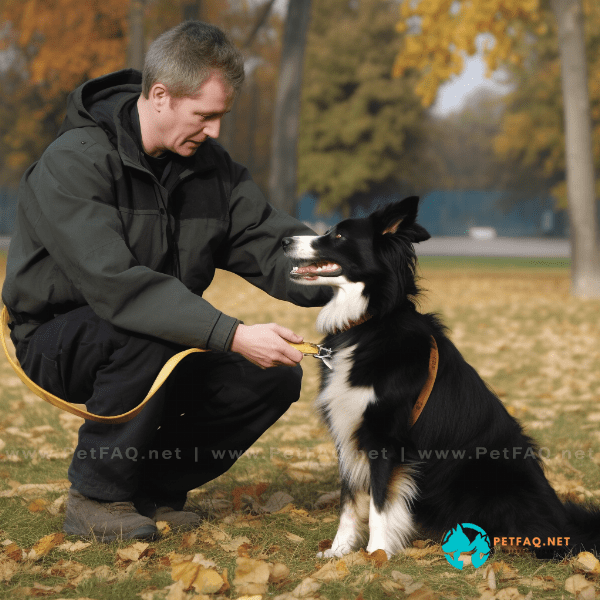
Frequently Asked Questions (FAQs) about Dog obedience training:
1. How do you choose the right obedience training program or trainer for your dog?2. How long does it take to train a dog in obedience?
3. What is dog obedience training and why is it important?
4. Is it better to train a dog at home or in a professional training class?
5. What should you do if your dog is not responding to obedience training?


